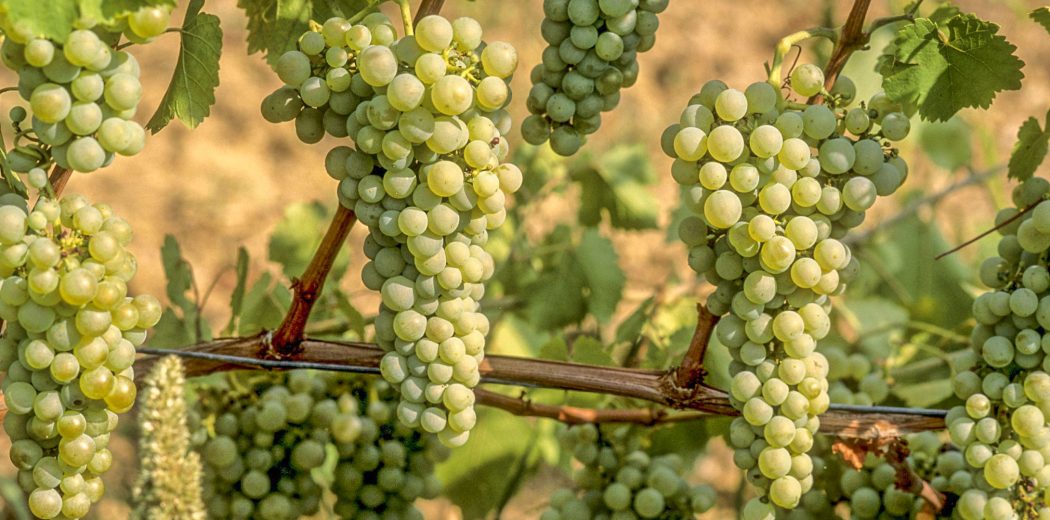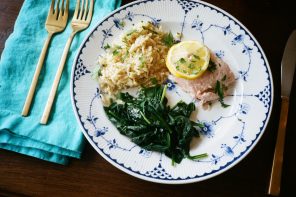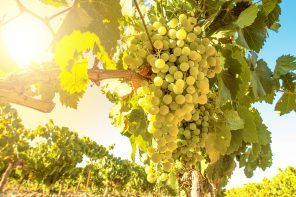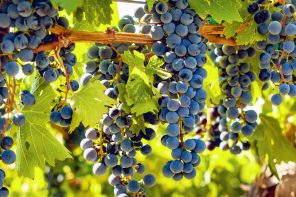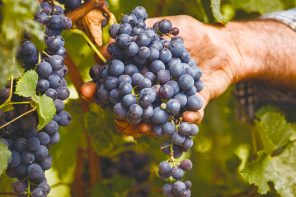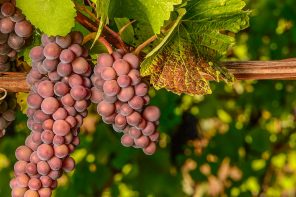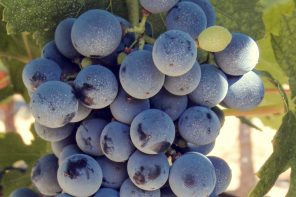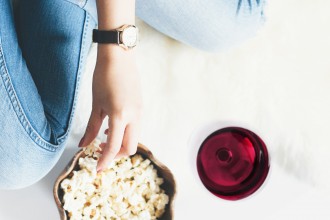As of late, the wine world is obsessed with all things unique. Up-and-coming regions, new winemaking methods and unheard of varieties are finding their place on the market more than ever before. However, sometimes it’s important (ahem, imperative) to take it back to the basics and remember those varieties that bit us with the wine bug in the first place. For the first edition of the Back Label’s Grape Guidebook, we’re focusing on the white wine variety that won most of us over early on in our wine drinking career: Sauvignon Blanc.
Unofficially known as the green goddess of viticulture, Sauvignon Blanc is the backbone of some of the wine world’s greatest regions. Born in Southwest France, the variety’s name loosely translates to ‘wild white’ – an ode to the zesty, refreshing wines that it produces. High in acidity and abundant in fruit flavors, Sauvignon Blanc has become a no-brainer when on the hunt for thirst-quenching, refreshing whites.
Sauvignon Blanc is known for both crisp, mouthwatering varietal as unique, regional blends. The grape is produced on its own in a handful of wine producing regions, most notably New Zealand, California, France’s Loire Valley and Australia. When vinified with other grapes, no other region is as famous for its SB blends than that of Bordeaux, where the grape meshes gorgeously with the Semillon variety, producing both world-renowned dry and sweet wines.
Location and climate both play a huge role in the flavor profile of Sauvignon Blanc. In Old World regions, specifically the Loire Valley, SB tends to take on a more earthy, mineral-driven flavor profile, while New World regions tend to produce expressions abundant in tropical fruit and citrus notes. Though whether Old World or New World, Sauvignon Blanc is never lacking in aromatics; the variety is known for its insanely potent bouquet, as well as prominent acidity.
Most Sauvignon Blanc is consumed in its youth, within a few years of production. After a few years, fruit flavors tend to become vegetal, specifically of green pepper and peas. The exceptions to this rule are the wines of Sancerre and Pouilly Fumé, as well as Bordeaux – especially the dessert wines of Graves.
Sauvignon Blanc makes an excellent aperitif wine, though as with most wines, the juice truly comes alive when served alongside food. Pairing SB with fresh fish dishes, sushi and goat cheese really make the wine shine.
Moral of the story? Some of the best wines in the world are based on the Sauvignon Blanc grape, thanks to its versatility, high-acid, and extremely refreshing flavor profile. Grab a few bottles from various appellations to taste the differences in terroir for yourself – especially on the first Friday in May – recognized as National Sauvignon Blanc Day!

